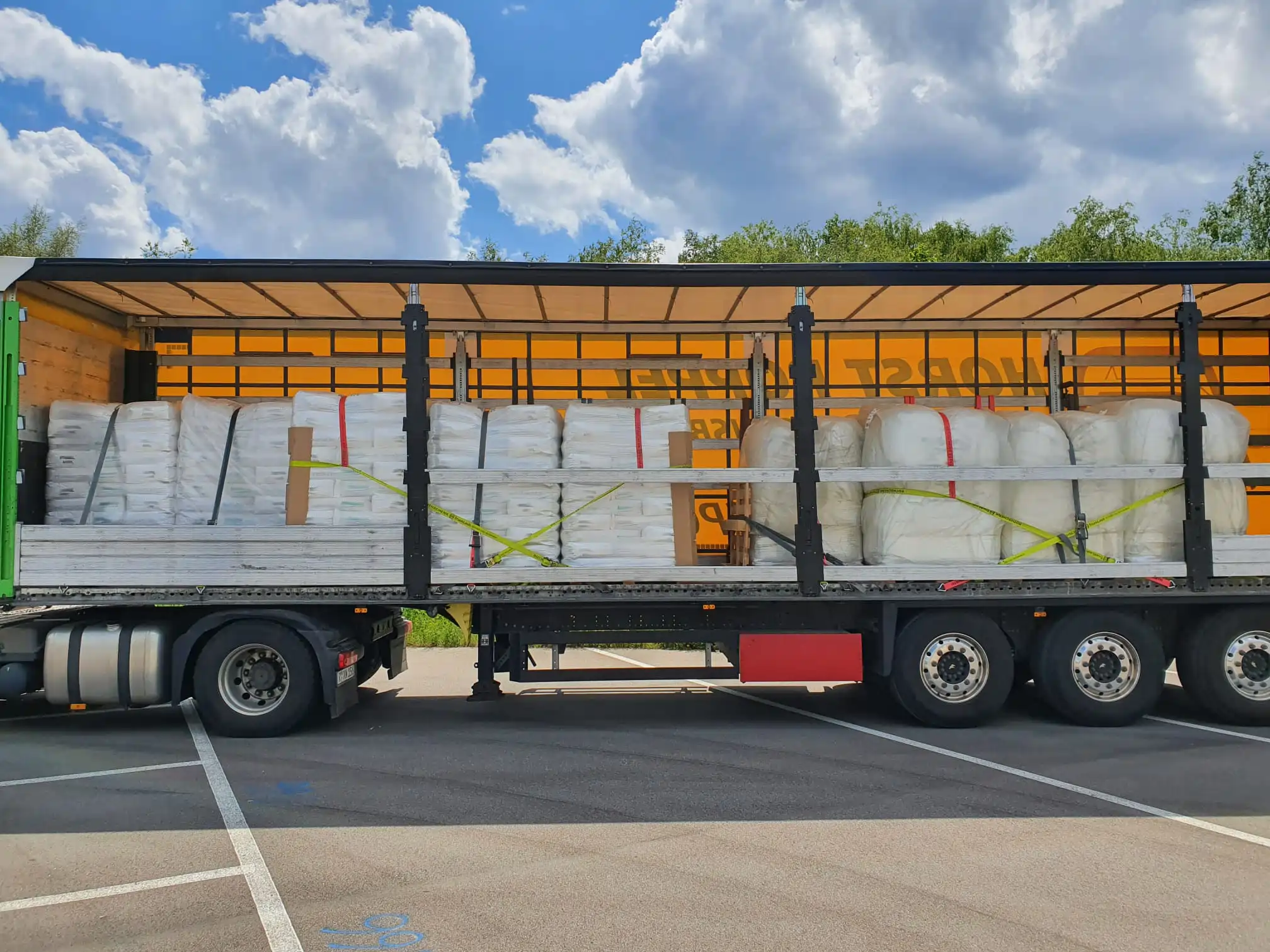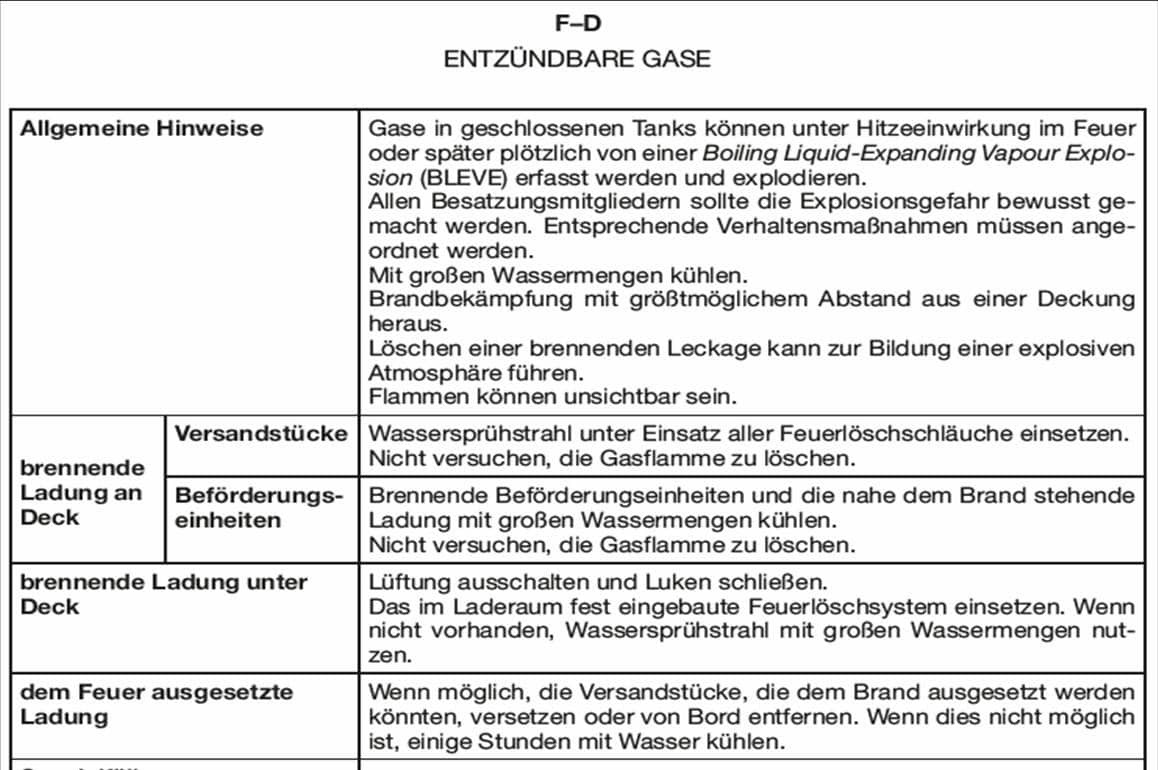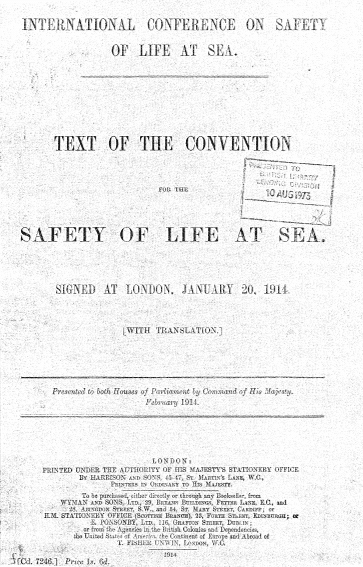
Now 10% off all Ergolash lashing straps save now! Voucher code: ergo10 | Valid until 31.05.2025
Shipping accidents and disasters occur time and again. Some of this is due to incorrect information about the load, weight or incorrect or missing classification of dangerous goods.
Inadequate load securing leads to transport damage. It is not uncommon for ships to be completely lost.
All incidents are being thoroughly investigated by various authorities until a final verdict is reached. Afterwards, considerations are made as to how such incidents can be prevented in the future.
We as shippers/container packers experience these results in the form of changes, additions or special comments to or in regulations and laws.

This is, for example, the biennial update of the IMDG Code, the regulations for the transportation of dangerous goods by/on ships. The details can be found in columns 15, 16a and 16b of Table 3.2.
Column 15 of the IMDG Code refers to the EMS Code.
It is divided into two parts:
The shipper of dangerous goods must state the abbreviation of the EMS code in relation to the UN number in the transport document.

Example: UN-1950 pressurized gas packagings (aerosols)
If the transport unit, e.g. the container, contains pressurized gas packages, the following rules (excerpts) apply to the ship’s crew in the event of an accident or leakage.


Column 16a of the IMDG Code refers to the stowage and handling of dangerous goods on ships. The example refers in part to hazardous goods of classes 2-9, which are packed in limited quantities. They can be stowed on deck or below deck.
In detail, the instructions given specifically for the UN number apply.
Congestion category A
Cargo ships or passenger ships whose number of passengers is limited to a maximum of 25 or 1 passenger per 3 m of the total length of the ship, whichever is greater.
-> On deck or below deck
Column 16b of the IMDG Code refers to the segregation of transport units on the ship, depending on the dangerous goods they contain.
The instructions refer to the UN number 1950 pressurized gas packs.
SW1: protected from heat sources
SW22: For PRESSURE GAS PACKAGES with a maximum capacity of 1 liter: Stowage category A.
For PRESSURE GAS PACKAGES with a capacity of more than 1 liter: Stowage category B.
For WASTE PRESSURE GAS PACKAGING: Stowage category C, free of living and recreation rooms.
The basis for such regulations is the International Convention for the Safety of Life at Sea(SOLAS), which was adopted in 1914 after the sinking of the Titanic.
It is updated at regular intervals as required/on special occasions. Principles are agreed here, which are then implemented in detailed measures by the International Maritime Organization(IMO).

One of these is the “verified gross weight” that was introduced in 2014 with the MSC.1/Circ. 1475 9 June 2014 was put into force.
This topic will be dealt with in one of the next LaSi blog episodes.
Yours, Sigurd Ehringer
<< Previous post
Episode 16: Lashings and their application
Next post >>
Episode 18: Verified gross weight – containers

Sigurd Ehringer
✔ VDI-zertifizierter Ausbilder für Ladungssicherung ✔ Fachbuch-Autor ✔ 8 Jahre Projektmanager ✔ 12 Jahre bei der Bundeswehr (Kompaniechef) ✔ 20 Jahre Vertriebserfahrung ✔ seit 1996 Berater/Ausbilder in der Logistik ✔ 44 Jahre Ausbilder/Trainer in verschiedenen Bereichen —> In einer Reihe von Fachbeiträgen aus der Praxis, zu Themen rund um den Container und LKW, erhalten Sie Profiwissen aus erster Hand. Wie sichert man Ladung korrekt und was sind die Grundlagen der Ladungssicherung? Erarbeitet und vorgestellt werden sie von Sigurd Ehringer, Inhaber von SE-LogCon.
Rothschenk assortment
Our customer center has only one goal: to turn your problems into solutions. Whether standard stowage cushions, bestsellers or load securing personally tailored to your needs -. we accompany you consistently from A as in field service to Z as in certification. That is our promise to you, as a leader in our industry.
We attach great importance to professional cargo securing. That is why we have our own production, which ensures reliable operation through modern manufacturing technologies and strict quality control. Thus, we offer our customers a comprehensive and high-quality range of services in the field of transport logistics.
DIN ISO 9001:2015, EMAS and Ecovadis are not foreign words to you? Then it's time to work with the best.
You don't take any risks with us - we have been awarded the Platinum Medal on the EcoVadis sustainability rating platform.
As a load securement company, we are proud to have several certifications that validate our sustainability efforts and our commitment to environmental protection and social responsibility. For you as a purchaser, this means that we demand and promote the implementation of high environmental and social standards both within the company and along the supply chain.
You are currently viewing a placeholder content from Google Maps. To access the actual content, click the button below. Please note that doing so will share data with third-party providers.
More Information